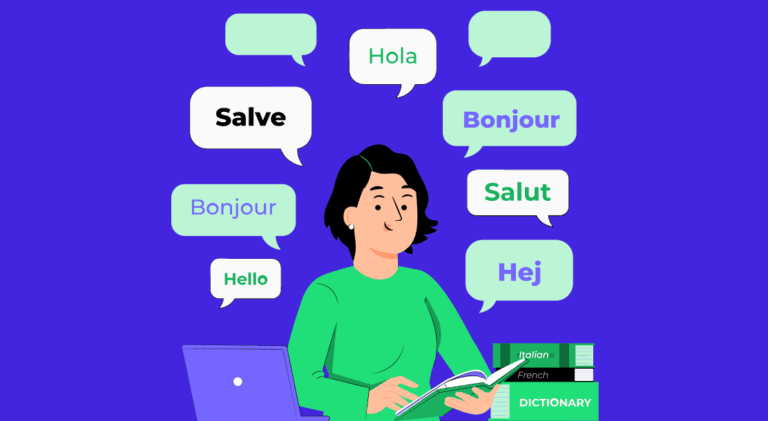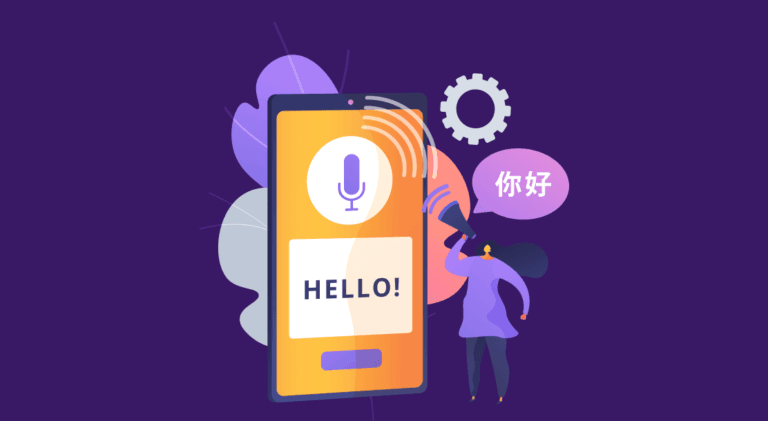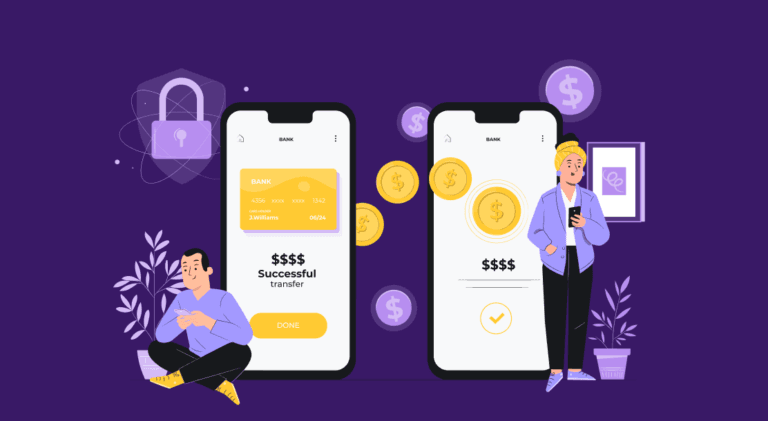
Table of Contents
- What are Translation Tools?
- Benefits of Translation Tools
- How to Translate an App: The 6 Best Approaches
- Conclusion
- FAQs
Everyone knows how to use an app, and the appetite for cross-language use of mobile apps is ever increasing among the international audience. The makers of the Angry Birds app from Finland struck the jackpot by understanding how to translate an app efficiently and commercially. Their decision of making a minuscule investment in the correct translation tools has catapulted the addictive game to international cult status.
This success story is an inspiration for many talented app makers of today to invest in the proper translation tools. Gaining visibility in the international app market for Android and iPhone is a crucial stepping stone towards achieving the much-needed initial push to reach the elite club of top apps on a global scale and get a chance for visibility in the first three search results of Google Playstore.

What are Translation Tools?
These are a suite of computer-aided translations (CAT) tools that ensure a precise and complete translation of various language tasks. The source text is split into various segments, saved by these CAT tools, and stored in a translation memory. The expert translators can then access this memory and add cultural cum technical context to the already saved translations.
Highlights of CAT tools
- CAT tools are indispensable to professional translators as they can process the original text and segment them into various groups. A thorough rendering can be carried out in a bilingual format.
- The CAT tools carry out automatic insertion of the primary translation into various self-repeating translation segments, thus eliminating the need for the excruciating task of copy and paste.

How to Translate an App: The 6 Best Approaches
Translating an app acts as a bridge between two distinct language cultures. It removes bottlenecks between expressions of similar concepts in the two languages, and the app’s messaging is delivered consistently.
The central objective is to ensure a straightforward and simplistic translation after considering the more profound meaning associated with a specific sub-text in a language according to the relationship between the situation and the language speaker.
Here are 6 approaches to translating an app.
1. Strategy formulation
A pivotal step in shaping the perfect design of app translation is to identify the target market and language. Any untapped potential is a business opportunity waiting to be cashed in. This can be achieved by analyzing the existing user base. Before international expansion is initiated, it is crucial to decide on the quantum of need for the specific app in the target market.
Delineating the source code from the on-app content ensures that the app has localization-friendly features. Project efficiency can be enhanced by saving time and money through proper internationalization using translation tools.
2. Hire an expert translation agency
Seamless user experience is the key metric when adapting content through multiple languages. While translating an app, a professional agency ensures that all translation tools are provided to the app maker for optimization and perfect app localization.
App translation professionals ensure that the cultural adaptation, rendering work, and formulation are flawlessly performed for the app localization. Expert translators need not fuss about the direction of writing or the word length. All necessary alterations are done impeccably using professional app translators, and word synchrony is achieved with the already provided word format.
3. Using resource bundles
Unpacking the resource bundles and isolating all text messages is an ideal strategy. This helps access the core libraries in the app-development framework right from the get-go. For example, if your app is targeted towards Apple iPhone users, app localization is the primary step that helps in flawless exporting development languages.
4. Create a contextual framework
An app-maker needs to provide application interface instructions with clarity and brevity. This will go a long way in the translating tools functioning correctly to clearly convey your app’s core message and functionality to the international audience. Giving the translation agency root access to the user interface and providing the resources of critical internal screenshots and note sharing will go a long way in ensuring an accurate translation of the app user interface.
5. Localization of visual content
Not all languages have the exact requirements for space and characters for text recognition. This is the prime reason design and development assume top priority in app localization. The crucial aspects of the localization process are of prime importance as images carry a universal connotation. In other words, understanding the cultural roots of imagery used in the app is important. The users should be treated towards neutral imagery that evinces interest in other app features, apart from the translate app.
6. Creation of a glossary
Offering an effective glossary containing all the related company-specific terms goes a long way in enhancing translation efficiency. A glossary can ensure a consistent textual approach, translating into a better user experience.

Conclusion
Translating an app is an essential step for international expansion. Use the approaches mentioned above to translate your app effectively.
FAQs
For automatic uploading to the translate app, Apple devices should contain the .strings files, which helps localization of dynamic text. The use of localized strings is done in the source code to automatically synchronize static and dynamic texts, enabling .storyboard and .nib files.
It is just a matter of minutes to make minor tweaks to integrate the platform with support vectors. The SK file can be placed inside the translation app’s source code, which can later be downloaded inside a project folder.
Reputed translations apps deploy heavy data encryption protocols reinforced with HMAC algorithms. The introduction of resilient security upgrades ensures that users’ data is immune to tampering efforts. Translation apps generally clarify to the customers that the company’s internal servers cannot store the app users’ personal information by design.
No. The translation process is equipped with a description field that foresees the instruction of new elements on the app, and appropriate character limits are extended to avoid overruns.
Latest Blogs
In this blog, explore the golden rules of using AI marketing tools so you can leverage the benefits to their maximum potential.
In this blog, you’ll learn how to avoid the pitfalls of SEO over-optimization while enhancing your site’s performance.
In this article, we’ll take a look at what AMP is, its advantages and disadvantages, and how it affects SEO.
Get your hands on the latest news!
Similar Posts

App and Website Translation
4 mins read
27 Tips For App Translation and Localization

App and Website Translation
5 mins read
7 Best Practices Of Translating Apps

App and Website Translation
4 mins read